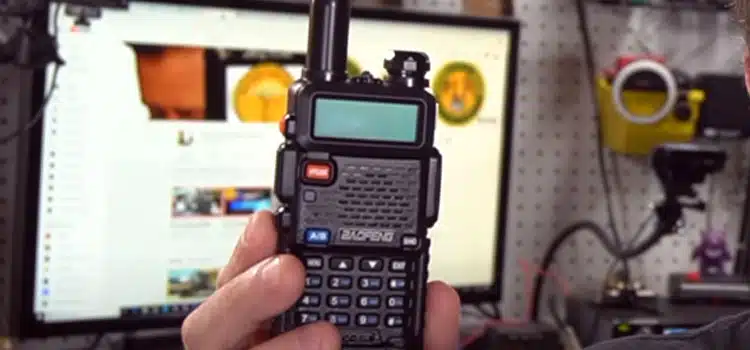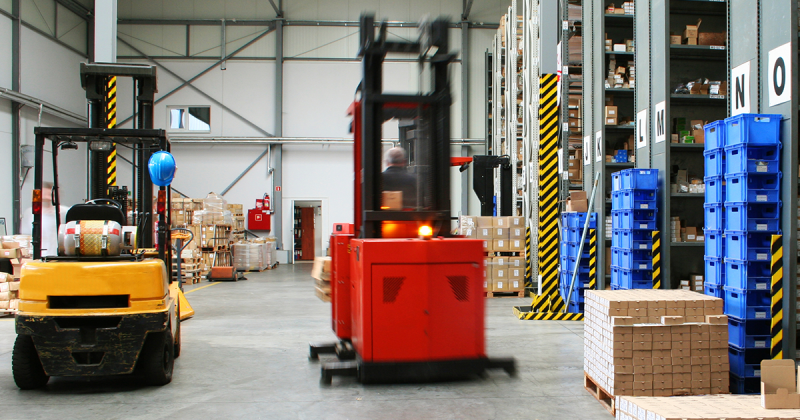Last Updated on: 6th November 2024, 09:45 am
Intercom systems are essential communication tools in many settings. This is down to their adaptability, versatility, and of course, the vital communication functions that they play. By the way, some of these vital communication functions include:
- Access Control & Security
- Real-Time Communication
- Emergency Alerting
- Customization & Scalability
- Hands-Free Operation
- Multi-System Integration
- Enabling Confidential & Private Communication
- Enhances Workflow Efficiency
The list goes on and only stresses the essence of using this vital communication tool in several settings, including warehouses. However, there is how an intercom system for warehouse use should be utilized. Fortunately, some of these user best practices will be discussed here.
Guidelines for Efficient Use of Intercom Systems in Warehouse Settings

Using intercom systems in warehouses is supposed to optimize communication and enhance operations. However, this will only happen when concerned parties are aware of and utilize some guidelines, including the ones below:
1. Strategic Placement
They are not just positioned anywhere. Rather, they are supposed to be strategically positioned, ensuring adequate coverage as information gets to people who need to hear them in a timely fashion. Against this backdrop, some of the places where intercom units are supposed to be positioned include:
Entry & Exit Points
A Place like the loading dock needs to have a unit covering it. This enables quick communication and access control, particularly with delivery staff members.
Emergency Zones
Some parts of a warehouse can be considered hazardous areas, especially depending on the operations that go on there. For starters, the reality of how hazardous such parts are should be well established.
For example, people who work and transit such parts should be well oriented and this should include what needs to be done during emergencies. Such places should have intercom systems as a necessity for quick emergency response.
Key Areas
These are essentially places where important operations go on and/or there is high traffic. A Place where workers take their break is a prime example of high-traffic areas. These places are supposed to be equipped with intercom units.
2. Integration with Public Address System
A PA (Public Address) System is any electronic equipment that enables sound transmission to large and/or dispersed audiences. This happens essentially through amplification. It is made up of key components such as loudspeakers, amplifiers, and microphones that enable this. You can go through this article for more insight into what PA systems are about.
However, the point is that PA systems are instrumental in relaying messages in warehouses, as well as in other settings. As a result, it is only ideal that they are set up in such a way that they can work alongside intercom systems.
Fortunately, technological advancements have made this a huge possibility. However, this calls for the purchase and use of the right intercom and PA systems, for starters. These are systems that support integration as there are options that are not capable or great at this.
Secondly, these systems need to be set up in a way that supports integration. It is only then that you can get the best of both systems, in this regard.
By the way, intercom systems can also be integrated with several other systems. However, integration especially with the PA system is important for making important announcements, operational updates, and emergency alerts. All of these messages and more are critical and should be delivered instantly. This sort of integration ensures this.
3. Employee Training
With intercom systems, there are two possibilities when effective communication is not achieved. The first is when the wrong kind is used, while the second is when the user does not do a good job of communicating.
The latter should be treated as important as the former, which is why employee training is very important. In essence, training on how to effectively make use of the warehouse intercom system for effective communication should be conducted.
For example, certain protocols and languages should be taught and used in the spirit of avoiding confusion. This is especially true during emergencies and high-pressure situations.
By the way, employee training is important for several other reasons, besides this. For more on this subject, you can read: https://trainingindustry.com/.
4. Routine Testing
It turns out that some intercom systems in some warehouses are not frequently used. In some cases, it is certain features that are often used, rather than the entire equipment.
Well, you need to be certain that there would be no issues using all features when the need arises. This is why routine tests should be conducted regularly and all features be put to the test. This way, faults can be detected (if any) and the appropriate measures are taken.
5. Emergency Protocols
The goal is to avoid emergencies like fire outbreaks and workplace accidents. However, there is a need to be well-equipped to handle such emergencies, which is why there should be emergency protocols in place.
This includes communication protocols involving the use of the intercom systems. Concerned parties are to be aware of these protocols in the spirit of ensuring that the right measures are taken during emergencies.
6 Minimization of Background Noise
Warehouses are well known to be quite noisy. Some of the reasons for this include:
- The kinds of activities that go on – For example, machines that make noise may be used
- Acoustic features – The level of echoes and reverberations can make warehouses noisy
- Number of People
The point is that clarity with intercom systems in such noisy settings is important. As a result, there are two things to do. The first is investing in the right intercom system.
This is particularly an option that has noise-canceling features. The second is training employees to generate less noise and be more attentive when information is passed across using this communication equipment. For example, operations may be momentarily paused in cases and places where this is possible.
Final Note
The use of intercom systems in warehouses is important for several reasons. However, equally important is how they are used, which is why 6 top usage best practices have been discussed here. The point is to implement these best practices in the spirit of making the most of intercom systems for warehouses.







